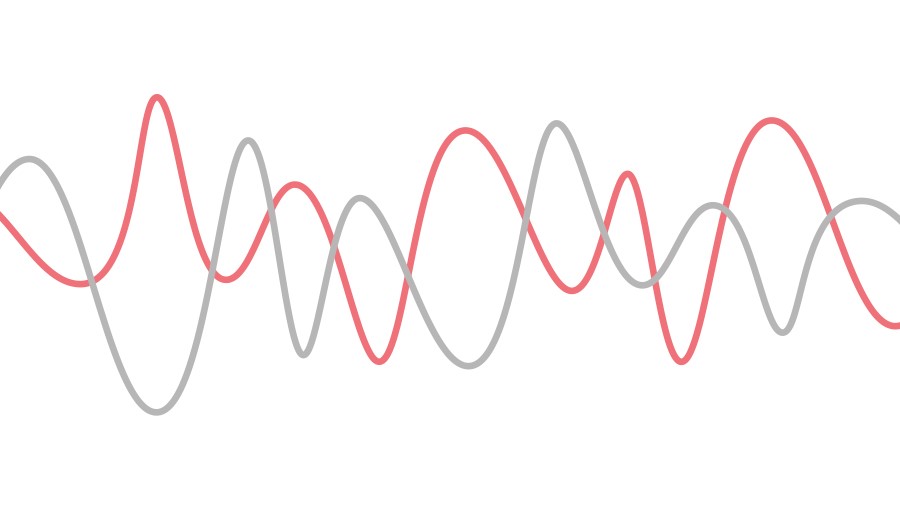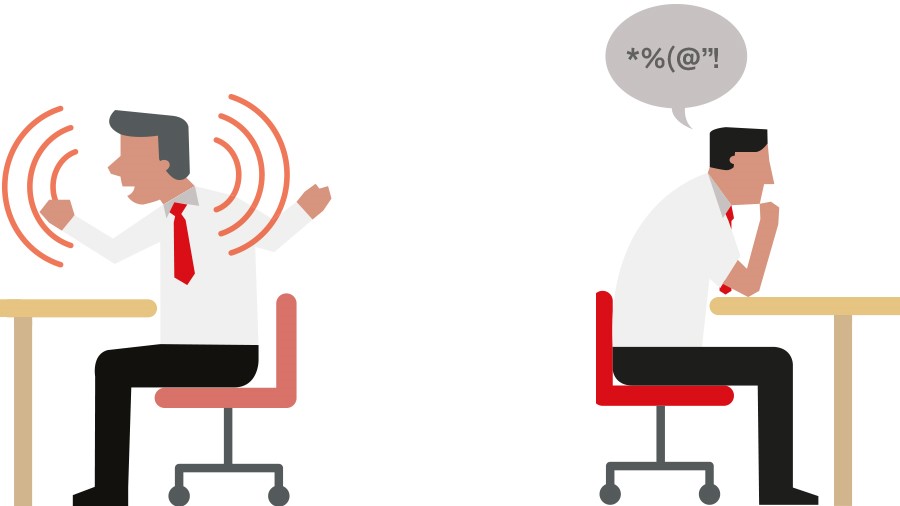|
If you work in an office, you have probably experienced some form of noise pollution. Because of that, acoustics are becoming more and more important in the workplace, as this article explains. Every person typically filters two million pieces of sensory data every second. Our brains are carefully trying to allocate focus to whatever we’re instructing it to while external distractions are constantly vying for our attention. For many office workers, this is causing an epidemic of overwhelm, with noise pollution being the main culprit being.
The Leesman Review cites that a staggering 99% of people surveyed said that their concentration was impaired by office noise. Breaking that down further, a recent article confirmed that roughly 70% of all employees in open plan areas confirmed that the biggest impact on their productivity is the conversations of their coworkers. This is having a significant impact on the economy; studies have indicated it takes up to 20 minutes to fully regain concentration on tasks once distracted, which amounts to an inordinate amount of lost time per individual, per day, week and year. This explains why savvy businesses are looking into how acoustics influence the workplace, and what acoustic solutions are available. Before we look into the ways in which we can solve the problem of excessive noise, first let’s explore why unwanted auditory stimuli affect us so much. Our ancestors lived in savage yet hushed habitats, where “loud noise correlated with high-stress events that could damage tissue: thunder, animal roars, screams or war cries”. That’s according to Bart Kosko, Professor at the University of Southern California. Our bodies react to these rare sounds by releasing adrenaline and cortisol – stress-related hormones – that create the fight or flight response. Humans’ nervous systems haven’t yet learnt that loud noises won’t necessarily cause us harm. Kosko explains further by saying that “we regularly get similar stress-hormone surges from car alarms, ringing phones, police sirens, leaf blowers, jackhammers and amplified voices.” In 1946, Aldous Huxley commented on how “the twentieth century is, among other things, the Age of Noise.” Fast forward 50 odd years and the Chairman of The Sound Agency, Julian Treasure confirms that “the sound around us has a powerful effect on our psycho-physiological state, as well as on our cognitive ability and our social behaviour.”
|
Back in June, Creatif’s Managing Director Dwight Bailey hosted a seminar on office acoustics and how the ideal office sound level should be 45dB (decibels). With excessive noise impacting workers’ productivity, Dwight advises that you follow the rule of ABC to acquire acoustic control: Absorbency, Block and Control. For further details on how the rule of ABC effectively manages acoustic complexities, click here. Now that people are becoming familiar with the fact that 45dB is the ideal office sound level, companies are silently stampeding towards lowering their product noise without losing quality. Quiet Mark is a sought-after accreditation programme working alongside the UK Noise Abatement Society. Companies looking to reduce their products’ sound levels include corporate giants such as Dyson, Interface, Samsung, Bosch and Electrolux. When it comes to quietening people, that’s a lot harder to do when encouraging a culture of open communication. A few years ago a study was conducted to find out the most annoying office noises.
Here are the top ten:
Each and every one of those sounds can be muffled and significantly reduced when you have effective acoustic products in place: acoustic panels, digital sound masking, acoustic meeting booths, acoustic printed panels, acoustic wall and ceiling tiles and decorative acoustic art – the list goes on, but the echo won’t. Creatif’s extensive Adaptif range has been laboratory tested, is made from environmentally-friendly fabrics and absorbs 95% of sound.
One final challenge businesses face with unwanted acoustics is that they don’t learn about them until it’s too late – normally after an office fit-out, once technologies have been installed, the expensive furniture has been bought and employees are working at their desks. Creatif products have been designed to complement what is already there, as each acoustic panel can be tailored to a specifier’s bespoke measurements. When it comes to shaping perfect workspaces, the acoustics are heavily influencing workers’ lives and the work they produce. Why not pop into the Creatif showroom to experience first-hand how acoustic solutions can positively influence your workspace? The London showroom is located on 79 Clerkenwell Road, London, or feel free to get in touch with one of the Creatif team here. |


